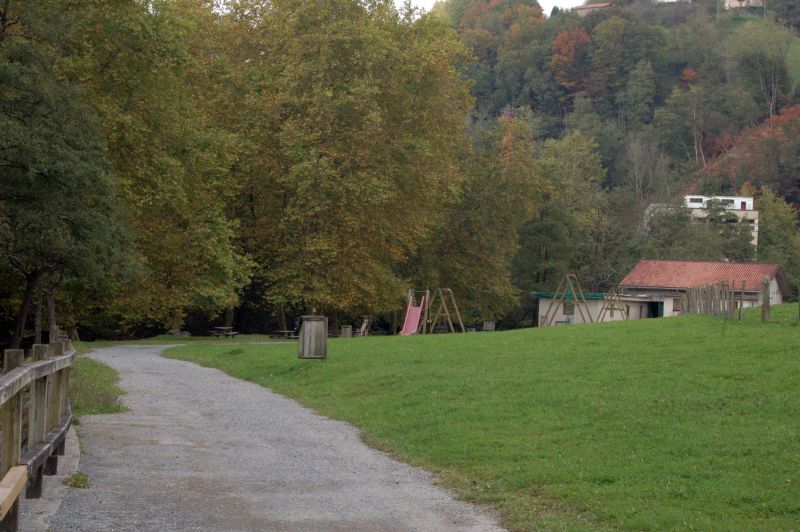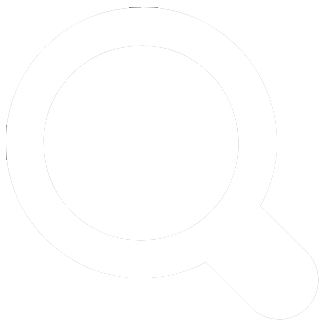
Puntos de Interés

Municipality
Maó/Mahón
The capital of Menorca treasures a millennial history in which conquests, pirate raids (such as Red Beard's attack, one of the most dramatic episodes in the city's history) and settlements of various peoples (Phoenicians, Greeks and Turks) are intertwined.
Although very ancient Talayotic remains have been found beneath the city and there are many prehistoric settlements in the surrounding area, a Carthaginian general founded it on a headland on the southern shore of the harbour. It was the brother of the famous Hannibal, Magon, who named the town after him. Later, with the arrival of the Romans, its name changed to Portus Magonis or Magona and, after that, it passed into the hands of the Vandals and Byzantines.
Due to its strategic position in the Mediterranean Sea, it was coveted throughout its history by many people such as the Normans and Muslims, who managed to maintain their power on the island for many years. Other people came to the monumental harbour with commercial intentions, as was the case of the Greeks and Phoenicians, or the Carthaginians, who reinforced their armies with the skill of the Menorcan slingers.
Despite all this, it could be said that the current city of Mahón began with the castle that King Alfonso III ordered to be fortified following the Muslim conquest. It continued to develop and expand beyond its walled enclosure, meaning that a second belt of walls needed to be built, among which its picturesque streets are surrounded. By strolling through its streets, visitors can contemplate the rich historical legacy accumulated over these centuries of existence, as well as the different buildings and monuments that bear witness to the mark left by the numerous people that have passed through the island. This is the case of the British, who captured the island in 1708 and maintained their dominance for seventy years, during which time Mahón harbour became a British naval base.
Some of the most emblematic constructions in the capital of Menorca are evidence of all this: Mola Fortress, at the mouth of the harbour, Sant Roc Bastion, the main gate of the city walls, and Santa María Church, with its spectacular 19th-century organ featuring 3,120 pipes. Another characteristic element of the city is displayed in the City Hall, and it is none other than the clock brought to the island by English governor Richard Kane.
Nearby you can also visit other monuments such as Marlborough Fort or the Talayotic archaeological site of Talatí de Dalt, as well as the marvellous lunar landscape surrounding Favaritx Lighthouse.
At the end of the 1950s, tourism began to be introduced on the island, thus revolutionising Menorca's economy. The boom experienced over the last few decades, somewhat belatedly, nevertheless leaves a rather favourable point, and that is that the development of the coastline has not caused much disruption to the coast itself, preserving the majority of its beaches and bays practically untouched.
As for the city’s festivities, the patron saint festivities in honour of Virgen de Gracia are held from 6th to 9th September. During these festivities, the traditional "jaleo" takes place, in which more than 150 Menorcan horses enter the town hall square four by four and people make them buck, which is known as "el bot".
Some interesting facts: Menorca was declared a Biosphere Reserve in 1993 and it is the birthplace of Sergio Llull, the Spanish basketball player who won the Basketball World Cup with the Spanish national team, among other things.


